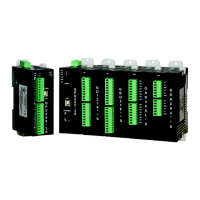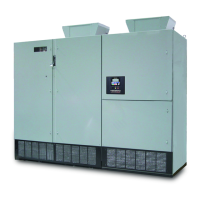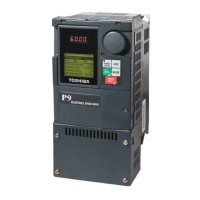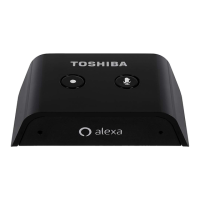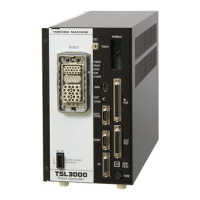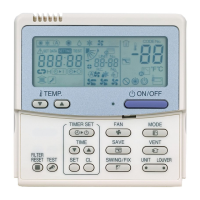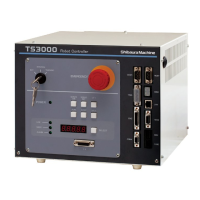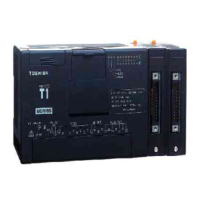What to do if the external output device is not working normally on my Toshiba Controller?
- CChelsea DavisJul 29, 2025
If the output status monitored on the programming tool is normal, but the external output device (load) of your Toshiba Controller isn't working, start by checking the output cable. Ensure the load specification and environmental factors are correct. Verify the voltage at the output terminal and common. Make sure the I/O allocation table matches the actual I/O configuration by executing the automatic allocation. Also, check for any faulty expansion units.
